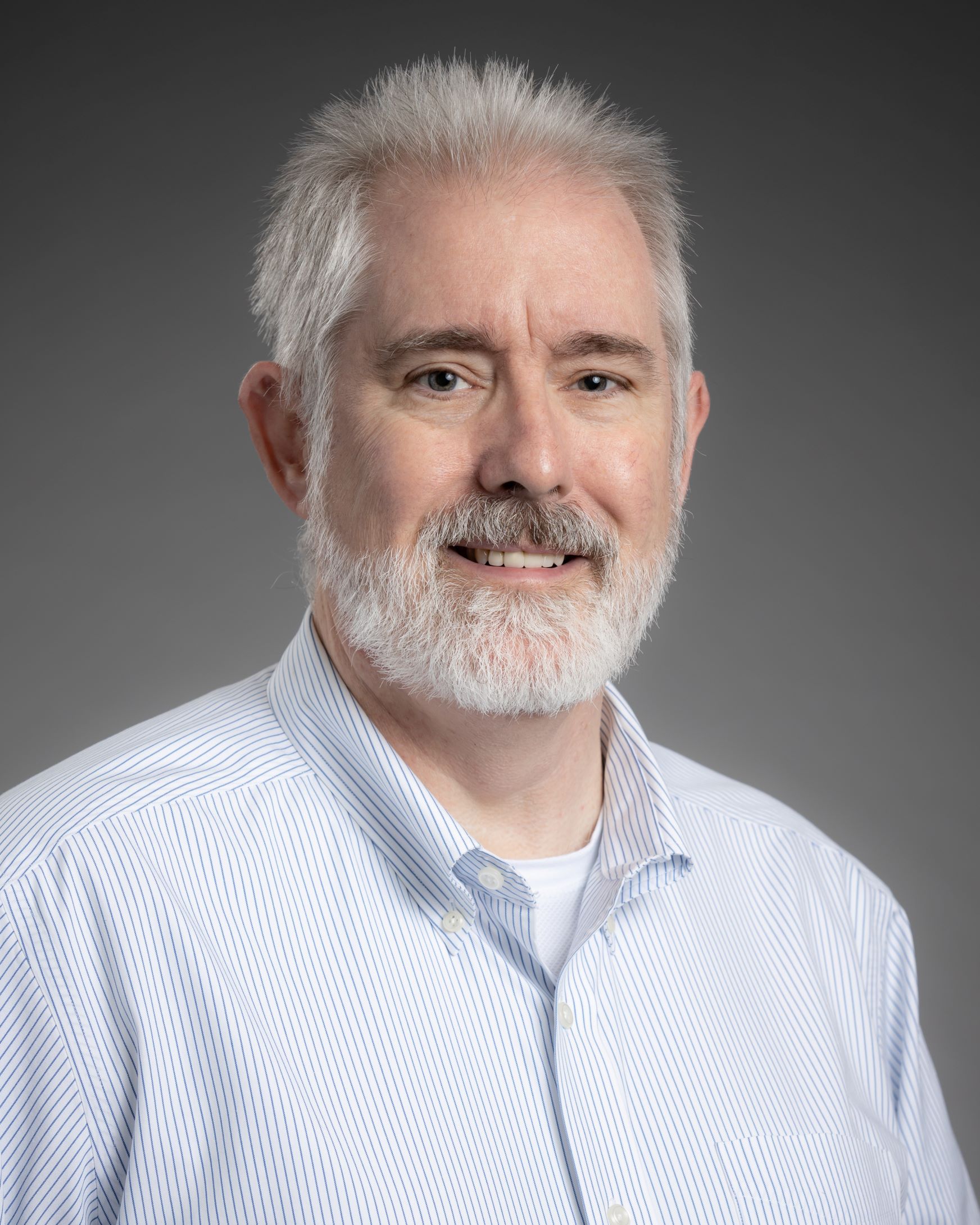
Archambault, Mark

Mark Archambault
Professor | COES: Department of Aerospace, Physics and Space Sciences
Associate Provost for Accreditation Institutional Accreditation Liaison
Contact Information
Expertise
Educational Background
B.S. Aerospace Engineering, Florida Tech 1992
M.S. Aerospace Engineering, Florida Tech 1993
Ph.D. Aeronautics and Astronautics, Stanford University 1999
Professional Experience
Associate Provost for Accreditation, Florida Institute of Technology, 2023 - present
SACSCOC Institutional Accreditation Liaison, Florida Institute of Technology, 2023 - present
Professor, Florida Institute of Technology, 2023-present
Assistant Dean of Academics, College of Engineering and Science, Florida Institute of Technology, 2018-2023
Associate Professor, Florida Institute of Technology, 2012-present
Associate Dean of Academics, College of Engineering and Computing, Florida Institute of Technology, 2017-2018
Assistant Professor, Florida Institute of Technology, 2004-2012
Research Scientist, Air Force Research Laboratory, 1994-2003
Additional Duties
ABET ExCom - EAC (2022 - present)
ABET EAC Materials Committee Chair (2023-present)
ABET Commissioner - EAC, Team Chair (2017 - present)
ABET Program Evaluator for Aerospace Engineering (2013 - present)
Academic Program Assessment Committee (chair, 2023 - present, member of Divisional Review Committee, chair, 2017 - 2021)
Chair of Undergraduate Curriculum Committee (2009-2011, 2013-2021)
General Education Divisional Review Committee for Assessment (COE representative, 2016 - 2017)
Academic Affairs Committee (member, 2017 - 2021, 2023 - present)
CoES College Council (chair, 2018 - 2023)
Council on Student Success (member, 2016 - 2020)
Current Courses
AEE 5150: Computational Fluid Dynamics
AEE 5135: Dilute Multiphase Flow
AEE 4262: Rockets & Mission Analysis
AEE 4261: Air-Breathing Engines
AEE 3161: Fluid Mechanics
Selected Publications
Seaward, J., Ham, F., Archambault, M., "Ascribing Physical Meaning to Feature Vectors Derived from Infrasound from Rocket Launches," AIAA paper 2014-1418, SciTech 2014, National Harbor, MD, Jan. 2014.
Diaz, S., Archambault, M., "A Novel Coupling Scheme for the Simulation of Rarefied/Continuum Flows," J. Aviation and Aerospace Perspectives, Vol. 3, No. 1, Spring 2013.
Sipperley, C., Archambault, M., "Towards Determining the Minimum Set of Moments Needed to Accurately Represent Spray Data," 24th Annual Conference on Liquid Atomization and Spray Systems, San Antonio, TX, May 2012.
Archambault, M., Jindal, M.,Rusovici, R., "An Investigation of the Effects of Channel Shape and Flow Configuration o the Performance of PEM Fuel Cells," J. Aviation and Aerospace Perspectives, Vol. 1, No. 2, Winter 2011, pp. 58 - 77.
Rusovici, R., Sepri, P., Archambault, M., Kwok-Choon, S., Feys, J., "Smart Actuation of Linlet Guide Vanes for Small Turbine Engine", J. Aviation and Aerospace Perspectives, Vol. 1, No. 2, Winter 2011, pp. 19-35.
Archambault, M. R., "A Maximum Entropy Approach to Modeling the Dynamics of a Vaporizing Spray," Atomization and Sprays, Vol. 20, No. 12, Dec. 2010, pp. 1017 - 1031.
Archambault, M. R., "A Discussion on the Stochastic Modeling of Spray Flows," Atomization and Sprays, Vol. 19, No. 12, Dec. 2009, pp. 1171- 1191.
Archambault, M. R., Edwards, C. F., & MacCormack, R. W., Computation of Spray Dynamics by Moment Transport Equations I: Theory and Development, Atomization and Sprays, Vol. 13, No. 1, Jan-Feb 2003, pp. 63-87.
Archambault, M. R., Edwards, C. F., & MacCormack, R. W., Computation of Spray Dynamics by Moment Transport Equations II: Application to Calculation of a Quasi-One Dimensional Spray, Atomization and Sprays, Vol. 13, No. 1, Jan-Feb 2003, pp. 89-115.
Archambault, M. R., & Edwards, C. F., A Maximum Entropy Moment Closure Approach to Solving Spray Flows, 11th Annual Conference on Liquid Atomization and Spray Systems, Sacramento, CA, May 1998.
Archambault, M. R., & Edwards, C. F., Computation of Spray Dynamics by Direct Solution of Moment Transport Equations Inclusion of Nonlinear Momentum Exchange, Eighth International Conference on Liquid Atomization and Spray Systems, Pasadena, CA, July 2000.
Archambault, M.R., Harris, M.F., & Henderson, D.C., "A Maximum Entropy Approach to Modeling Spray Dynamics: Inclusion of the Effects of Temperature and Vaporization," ILASS Americas 21st Annual Conference on Liquid Atomization and Spray Systems, Orlando, FL, May 18-21, 2008.
Archambault, M. R., & Peroomian, O., Computational Analysis of a Single-Element, Shear-Coaxial, GH2/GO2 Engine, AIAA paper 2002-1088, 40th Aerospace Sciences Meeting & Exhibit, Reno, NV, Jan. 2002.
Jindal, M., & Archambault, M.R., "An investigation into the impact of the performance efficiency of PEM fuel cells from coupling channel dimensions with flow configurations," Proc. 4th Int'l Conf. on Fuel Cell Science, Engineering, and Technology, Irvine, CA, June 19-21, 2006.
Archambault, M. R., & Peroomian, O., Characterization of a Gas/Gas, Hydrogen/Oxygen Engine, AIAA paper 2002-3594, 38th AIAA/ASME/SAE/ASEE Joint Propulsion Conference & Exhibit,
Indianapolis, IN, July 2002.
Archambault, M. R., & Peroomian, O., Three-Dimensional Simulations of a Hydrogen/Oxygen Engine, AIAA paper 2003-0314, 41st Aerospace Sciences Meeting & Exhibit, Reno, NV, Jan. 2003.
Recognition & Awards
Walter M. Nunn Jr. Excellence in Teaching Award, Florida Tech College of Engineering, 2010 - 2011
Research
Research & Project Interests
Dr. Archambault’s research interests primarily lie in the field of propulsion and combustion, with special emphasis on rocket engine applications. Specific areas of interest include fuel injector modeling (gas and liquid), injector/chamber compatibility, multi-phase fluid flow, spray and particulate dynamics, combustion efficiency, rocket engine performance analysis, electric and laser propulsion, and solid rocket motors. Other general areas of interest are combustion modeling, fluid dynamics, turbulence, and aerodynamics. Dr. Archambault makes extensive use of computational modeling in his work, and is therefore also heavily engaged in computational fluid dynamics (CFD) on both the application and theory sides of the field.

 Give to Florida Tech
Give to Florida Tech